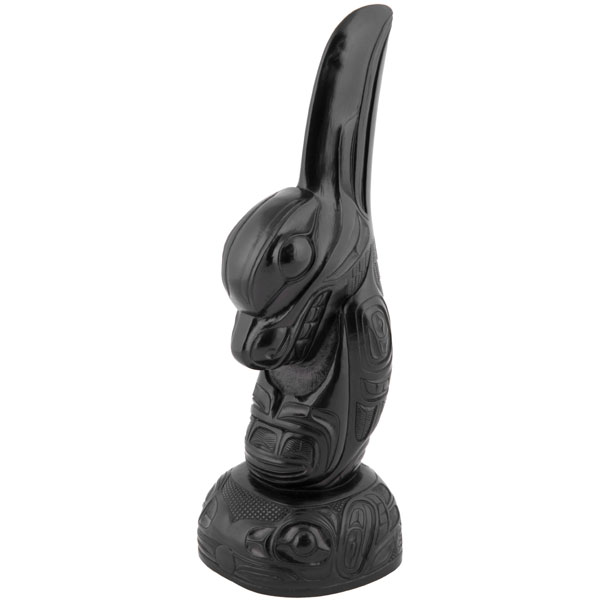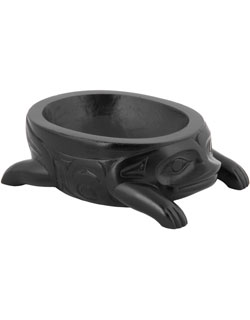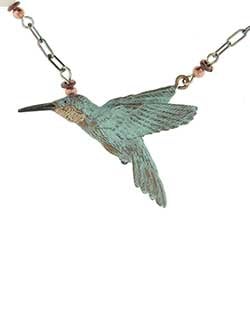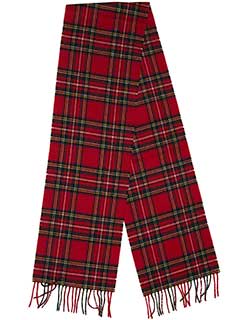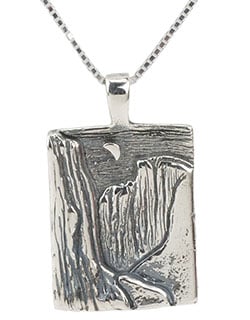Raven Transforming to Killer Whale
This is a reproduction of an argillite piece in the Canadian Museum of History's Haida Gwaii collection. The original was carved by Ed Russ, who was born in 1953 in Masset. The height is 7 inches, color argillite black. This museum quality reproduction is made from a natural resin composite to attain the heft of the argillite original. Made in Canada.
This is a reproduction of an argillite piece in the Canadian Museum of History's Haida Gwaii collection. The original was carved by Ed Russ, who was born in 1953 in Masset. The height is 7 inches, color argillite black. This museum quality reproduction is made from a natural resin composite to attain the heft of the argillite original. Made in Canada.
-
Argillite Reproductions
The Haida carvings in argillite are some of the finest presentations of totemic art. These reproductions are well made from original work in Canada, made in a natural resin composite with the heft and finish of the originals. These museum quality reproductions of the older work are available in a range of styles that can be more casually displayed so that the art can be enjoyed on an everyday basis.
The reproductions are made by Boma, a Canadian company producing a range of collectibles and giftware.
-
Raven
The most important of all creatures to the Northwest coast Indian peoples was the Raven. He took many forms to many peoples -- the Transformer, the cultural hero, the trickster, the Big Man. Full of magical powers, the Raven could transform himself into anything. He put the sun in the sky, the fish in the sea, the salmon into the rivers. His antics were often motivated by greed, and he loved to tease, to cheat, to woo, and to trick.
-
Orca
Whales, a common motif in the art of the Northwest Coast peoples, were the subject of countless stories and legends. One story held that a whale could capture a canoe and drag it and the people aboard down to an underwater Village of the Whales. These people were then transformed into whales themselves. The Haida believed that whales seen near villages were these drowned people trying to communicate with the villagers.
A Tlingit legend tells that the first orcas (killer whales) were carved from yellow cedar and sent into the ocean with instructions to be friendly towards people. The killer whales guide the Indians towards fish and are helpful except when they are treated discourteously.
